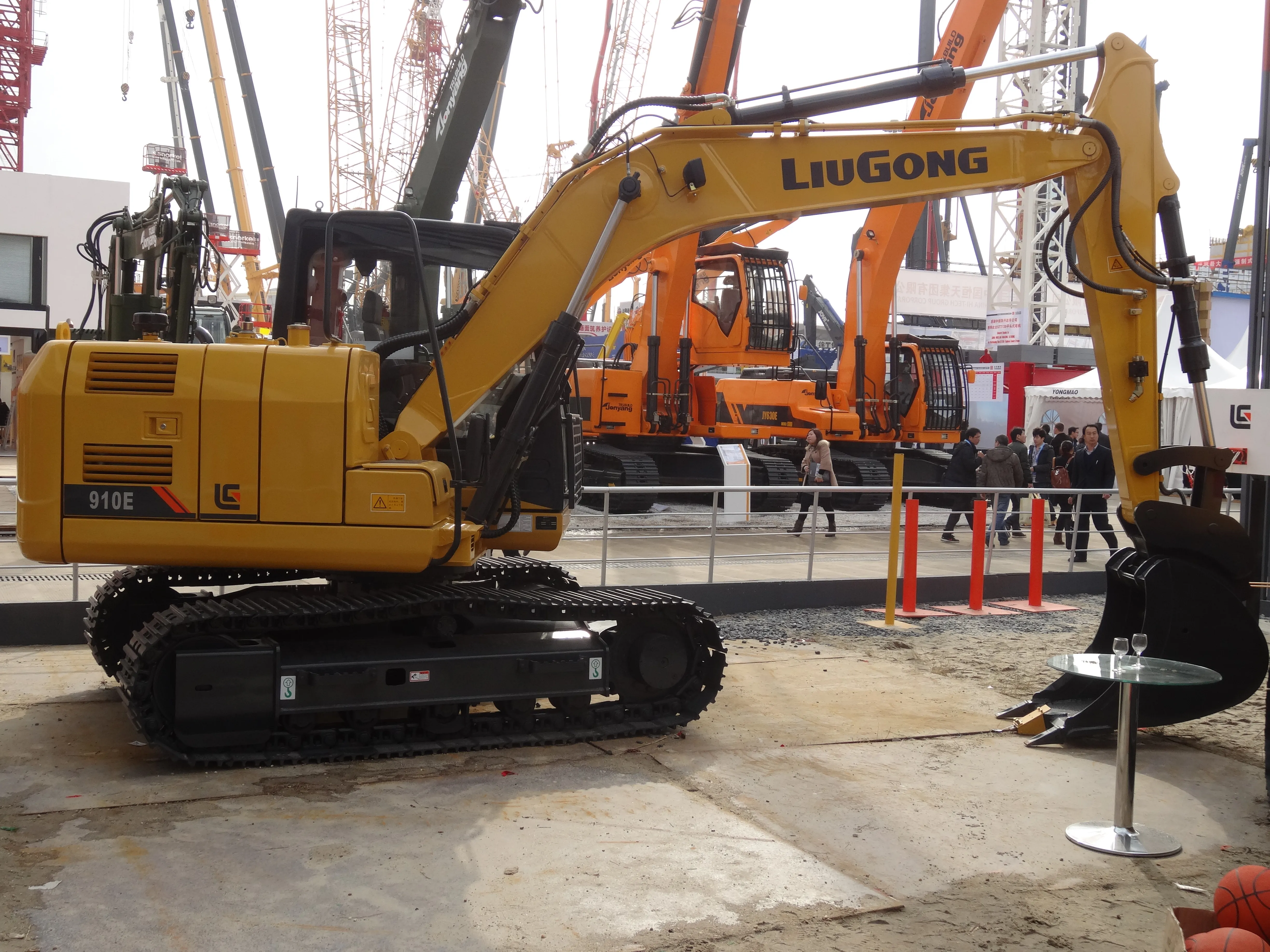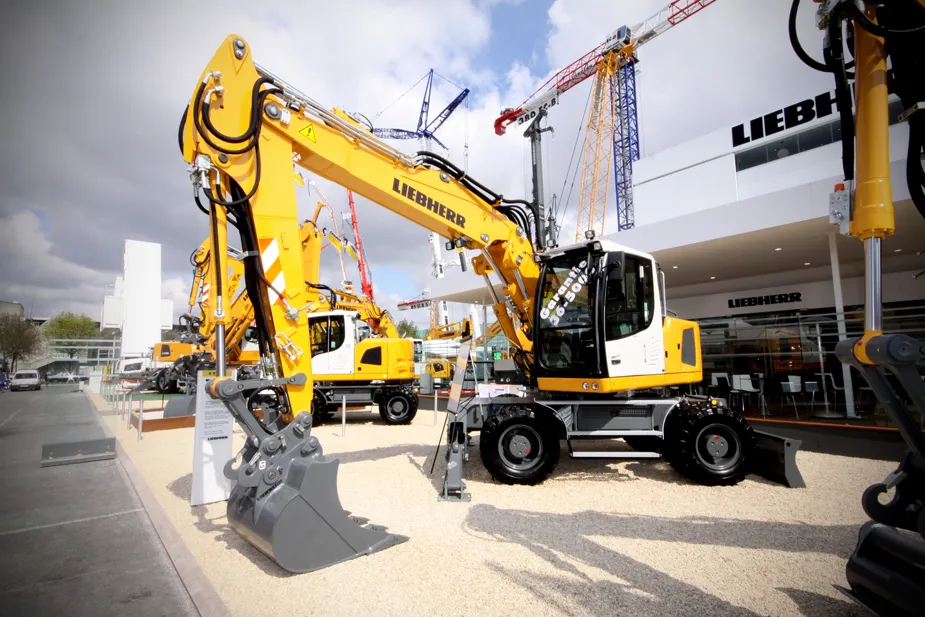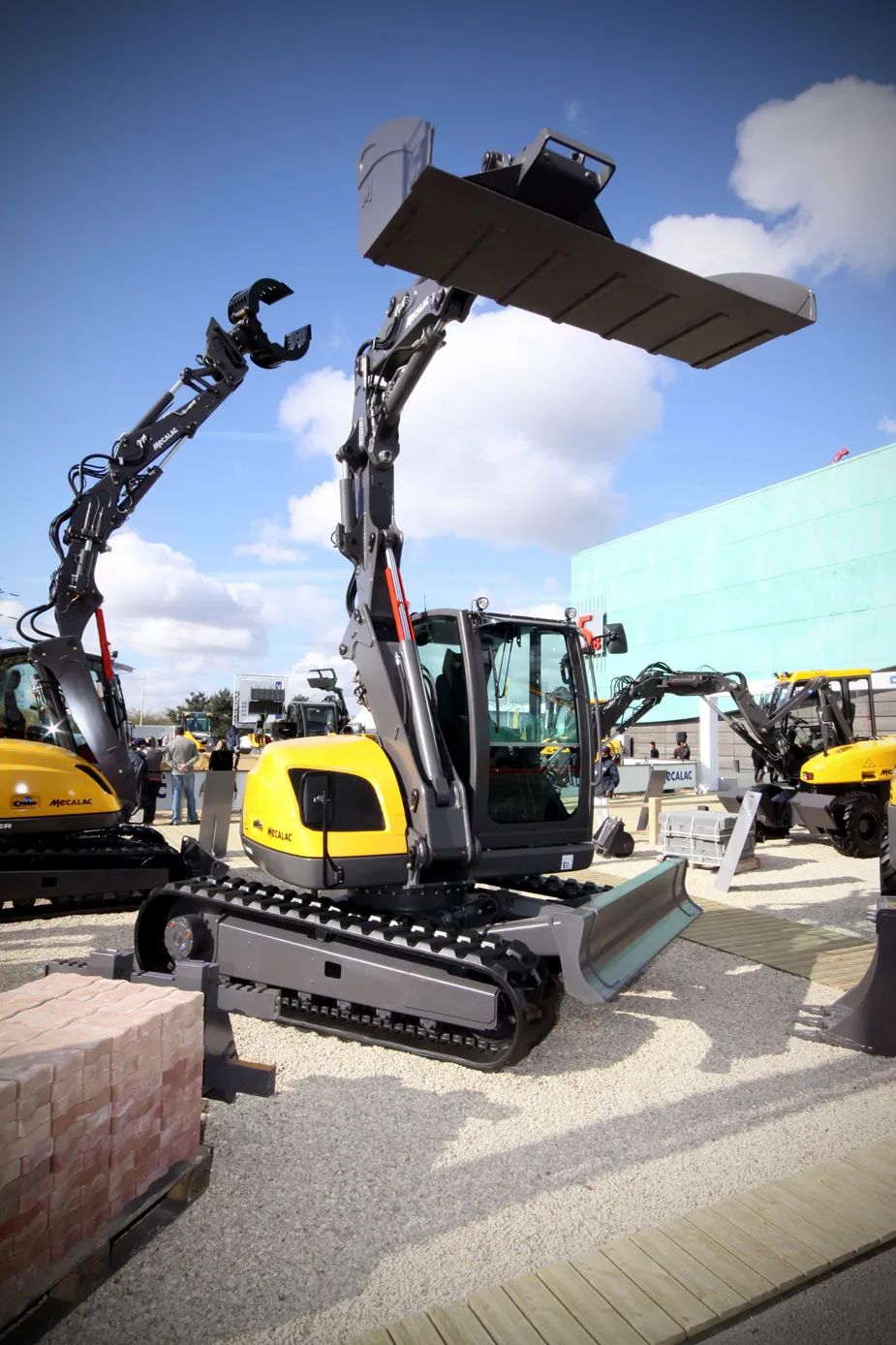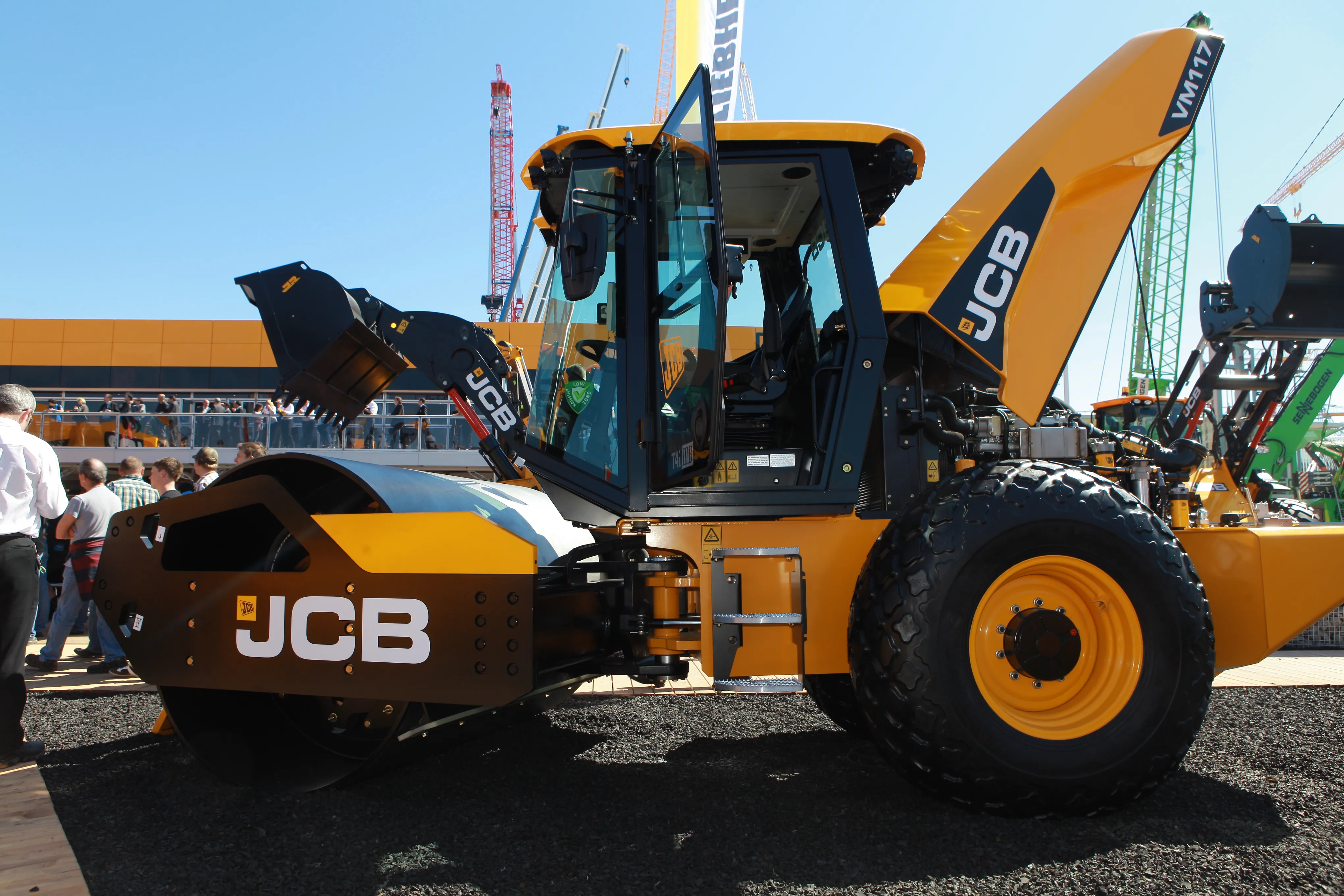LiuGong attracted a vast crowd to the eagerly awaited unveiling of its new E Series excavators at bauma China 2012. The range features the 910E, 918E, 925E, 930E, 936E, 945E, 948E, and 950E. Another model in the E Series excavator range, the 22tonne class 922E, was introduced in early 2012. The machines share similar technological characteristics. However, the largest in the range, the 950E, can generate up to 298kW of power, and boasts a 3.6m³ bucket. The model is said to have a strong power reserve and th
January 6, 2017
Read time: 2 mins

The range features the 910E, 918E, 925E, 930E, 936E, 945E, 948E, and 950E. Another model in the E Series excavator range, the 22tonne class 922E, was introduced in early 2012.
The machines share similar technological characteristics. However, the largest in the range, the 950E, can generate up to 298kW of power, and boasts a 3.6m³ bucket. The model is said to have a strong power reserve and the pairing of its engine and hydraulic system is able to deliver higher working efficiency and lower fuel consumption.
Meanwhile, weighing in at 31.3tonnes, the 930E can be equipped with a
%$Linker:








